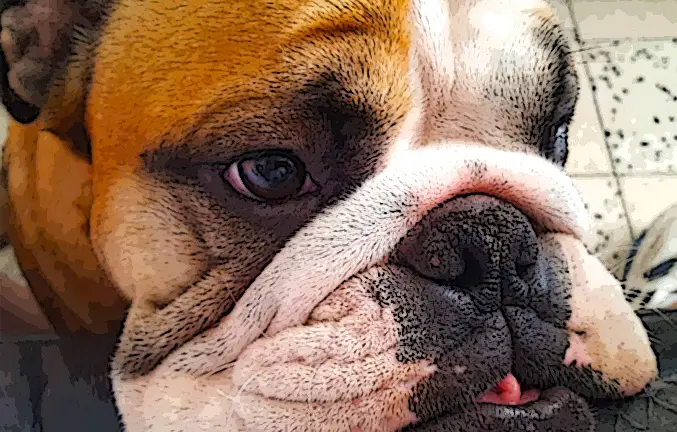Bulldogs, a medium-sized dog breed, have become popular pets known for their distinctive, fierce appearance, loyalty, and protective nature. However, the origin and evolution of Bulldogs are often a mystery to many. Let’s dive into their intriguing history.
The Origin of English Bulldogs
English Bulldogs, as the name suggests, originated in England. Records of this breed date back to the 1500s when they were referred to as Bolddogges or Bondogges. It wasn’t until the 1960s that the modern spelling “bulldogs” became common. These dogs have their roots in mastiffs, which were originally from Asia. When mastiffs made their way to England, they were bred with pugs, resulting in the bulldog breed we know today.
The Bulldog’s Early Role
Bulldogs were initially bred for practical purposes, primarily to assist butchers with livestock. Their history can be traced back to the 15th century when they played a role in bull-baiting, from which the breed’s name is derived. Bull-baiting was a brutal sport where Bulldogs would grip a tethered bull’s nose. The match ended when the bull was brought down or the dog perished. Remarkably, these dogs, weighing around 80 pounds, could bring down bulls weighing over a ton. This sport was even attended by Queen Elizabeth and was considered a form of entertainment.
Bull-baiting was believed to enhance the tenderness and nutrition of a bull’s meat before slaughter. Butchers who sold unbaited meat faced penalties. Bulldogs were bred for aggression over 350 years to excel in this sport, which finally came to an end with the Bull-Baiting Act of 1835. This law aimed to protect animals from cruelty, not only bulls but also dogs, sheep, and boars. It marked the end of bull-baiting and the decline in the popularity of Bulldogs, as their main purpose was no longer relevant.
Survival and Evolution
After the ban on bull-baiting in the UK, Bulldogs faced extinction, but they were saved through exportation to the United States and Germany. In the US, they found new roles in herding cattle and citywide roundups. In Germany, they contributed to the development of the boxer breed.
In England, breeders faced challenges in crossbreeding Bulldogs with smaller dogs, like pugs, given their significant size difference. With no artificial insemination available, this process posed difficulties.
Two men, John D. Johnson and Allen Scott, played pivotal roles in saving the breed. In the 1930s, Johnson began selectively breeding Bulldogs, while Allen Scott joined him in the 1960s. They had different visions of the ideal Bulldog, leading to the creation of two popular types: the Scott type, characterized by a smaller size and performance, and the classic type, slightly larger.
Bulldogs Today
Today, both American and English Bulldogs remain cherished pets. They have shed much of their historical aggression and have become known for their affection, particularly towards children. Bulldogs are also frequently used as mascots for various institutions, including the United States Army, Navy, Marine Corps, schools, businesses, and sports teams. They excel as game dogs for sports like football and respond well to training, often requiring minimal dog handling.
Owning a Bulldog today is a testament to their remarkable transformation. From their savage past and the brink of extinction, Bulldogs have become beloved companions, and their fierce appearance belies their friendly nature, making them an ideal choice for families and sports enthusiasts alike.


Leave A Comment
You must be logged in to post a comment.